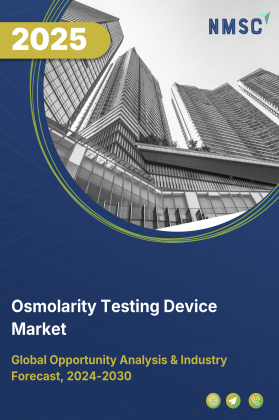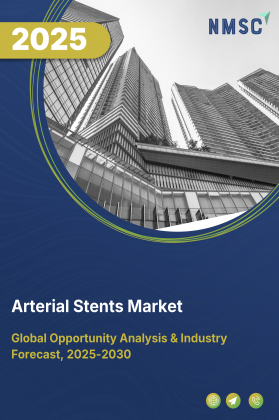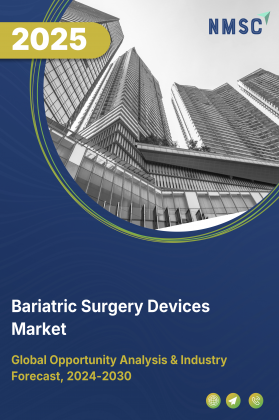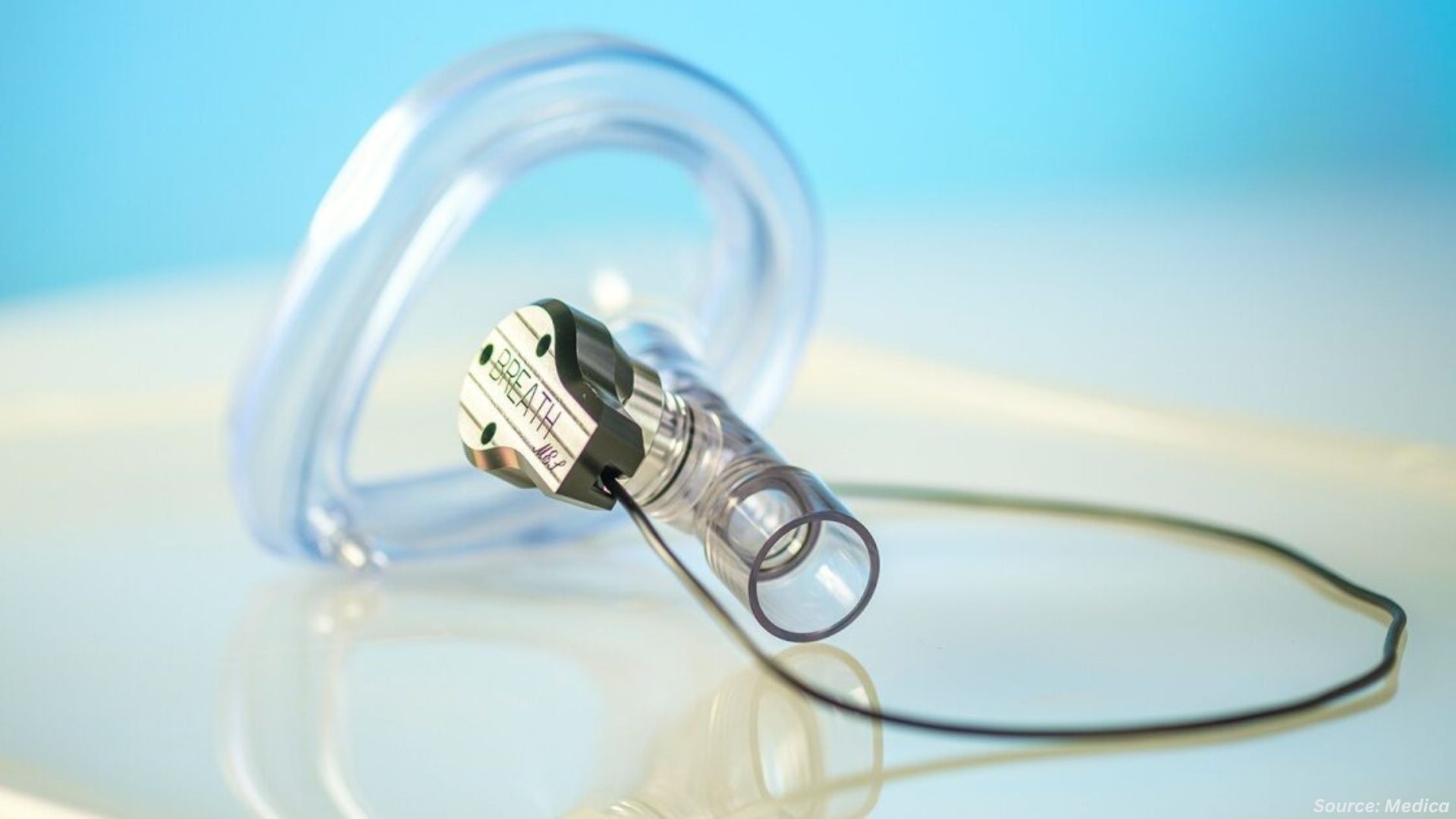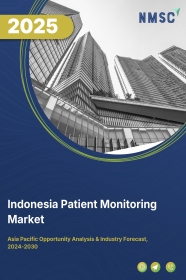
Indonesia Patient Monitoring Market by Product (Cardiac Monitoring Devices, Blood Glucose Monitoring Systems, Hemodynamic/Pressure Monitoring Devices, Multi-parameter Monitoring Devices, Respiratory Monitoring Devices, Temperature Monitoring Devices, Fetal & Neonatal Monitoring Devices, Neuromonitoring Devices, Weight Monitoring Devices, and Other Devices), by Type (Conventional and Wireless) and Others- Opportunity Analysis and Industry Forecast, 2024–2030
Industry: Healthcare | Publish Date: 14-Oct-2025 | No of Pages: 158 | No. of Tables: 190 | No. of Figures: 135 | Format: PDF | Report Code : HC1100
Market Definition
The Indonesia Patient Monitoring Market size was valued at USD 416.54 million in 2023, and is predicted to reach USD 658.20 million by 2030, with a CAGR of 6.5% from 2024 to 2030. Patient monitoring is an essential component of modern healthcare, involving the ongoing or periodic evaluation of a patient's vital signs, physiological measurements, and overall health status throughout their medical treatment. This process utilizes a variety of medical devices and technologies to collect, record, and analyze data such as blood pressure, heart rate, oxygen saturation, respiratory rate, temperature, and other crucial indicators.
The patient monitoring market encompasses the segment of the healthcare industry dedicated to developing, manufacturing, and supplying equipment and systems for the continuous or intermittent monitoring and recording of a patient's vital signs and health parameters. This segment plays a critical role in a diverse range of healthcare settings, including hospitals and intensive care units, outpatient clinics, and home healthcare environments. This ensures that patients receive the appropriate level of care tailored to their specific medical needs.
Surge in Chronic Disease Prevalence Drives Demand for Monitoring Solutions
The escalating incidence of chronic diseases such as diabetes, cardiovascular disorders, and respiratory conditions is significantly propelling the demand for patient monitoring systems in Indonesia. The need for continuous health monitoring has never been more critical. These devices, including wearable technologies and home monitoring systems, are essential for the continuous tracking and management of vital health parameters, enabling early detection and timely intervention.
Government Initiatives Accelerate Preventive Healthcare Adoption
Indonesia's government is intensifying efforts to promote preventive healthcare through large-scale initiatives. Nationwide health screening programs aimed at preventing early deaths include assessments for blood pressure, heart disease, stroke risk, eye tests, and mental health evaluations. Such initiatives underscore the government's commitment to enhancing public health and reducing the burden of preventable diseases, thereby driving the adoption of patient monitoring technologies.
Connectivity Challenges Impede Real-time Data Transmission
Despite advancements in patient monitoring technologies, connectivity issues remain a significant barrier to their widespread adoption in Indonesia. In rural and remote areas, inconsistent internet access hampers the real-time transmission of patient data, affecting the timeliness and accuracy of medical interventions. Addressing these connectivity challenges is crucial for unlocking the full potential of patient monitoring systems and ensuring equitable healthcare delivery across the nation.
Artificial Intelligence Enhances Monitoring Capabilities
Artificial Intelligence (AI) is revolutionizing patient monitoring by enabling advanced data analysis and predictive insights. AI algorithms analyze vast datasets to identify subtle patterns and anomalies in vital signs, facilitating early detection of health issues before symptoms manifest. This integration supports personalized medicine, tailoring treatment plans based on individual patient characteristics and responses, thereby improving clinical outcomes.
Competitive Landscape
Various market players operating in the Indonesia patient monitoring market include Medtronic, Koninklijke Philips N.V. (Philips), GE HealthCare, Siemens Healthineers, Abbott Laboratories, Omron Healthcare, Nihon Kohden Corporation, Mindray, Masimo Corporation, B. Braun, Edan Instruments, Inc, Spacelabs Healthcare, SCHILLER AG, Dragerwerk AG & Co. KGaA, Baxter International Inc, and others.
Indonesia Patient Monitoring Key Market Segments
By Product
-
Cardiac Monitoring Devices
-
Mobile Cardiac Telemetry Monitors
-
Electrocardiogram (ECG) Devices
-
Implantable Loop Recorders
-
Event Monitors
-
Smart/Wearable ECG Monitors
-
-
Blood Glucose Monitoring Systems
-
Self-Monitoring Blood Glucose Systems
-
Continuous Glucose Monitoring Systems
-
-
Hemodynamic/Pressure Monitoring Devices
-
Hemodynamic Monitors
-
Blood Pressure Monitors
-
Disposables
-
-
Multi-Parameter Monitoring Devices
-
Low-Acuity Monitoring Device
-
Mid-Acuity Monitoring Devices
-
High-Acuity Monitoring Devices
-
-
Respiratory Monitoring Devices
-
Pulse Oximeters
-
Spirometers
-
Capnographs
-
Peak Flow Meters
-
-
Temperature Monitoring Device
-
Handheld Temperature Monitoring Devices
-
Table-Top Temperature Monitoring Devices
-
Wearable Continuous Monitoring Devices
-
Invasive Temperature Monitoring Devices
-
Smart Temperature Monitoring Devices
-
-
Fetal & Neonatal Monitoring Devices
-
Neonatal Monitoring Devices
-
Fetal Monitoring Devices
-
-
Neuromonitoring Devices
-
Electroencephalograph (EEG) Machines
-
Electromyography Machines
-
Cerebral Oximeter
-
Intracranial Pressure (ICP) Monitors
-
Magnetoencephalography (MEG) Machines
-
Transcranial Doppler (TCD) Machines
-
-
Weight Monitoring Devices
-
Digital
-
Analog
-
-
Others Devices
By Type
-
Conventional
-
Wireless
By End User
-
Home Healthcare
-
Hospitals & Clinics
-
Others
KEY PLAYERS
-
Medtronic
-
Koninklijke Philips N.V. (Philips)
-
GE HealthCare
-
Siemens Healthineers
-
Abbott Laboratories
-
Omron Healthcare
-
Nihon Kohden Corporation
-
Mindray
-
Masimo Corporation
-
B. Braun
-
Edan Instruments, Inc
-
Spacelabs Healthcare
-
SCHILLER AG
-
Dragerwerk AG & Co. KGaA
-
Baxter International Inc
Report Scope and Segmentation
|
Parameters |
Details |
|
Market Size in 2023 |
USD 416.54 Million |
|
Revenue Forecast in 2030 |
USD 658.20 Million |
|
Revenue Growth Rate |
CAGR of 6.5% from 2024 to 2030 |
|
Analysis Period |
2023–2030 |
|
Base Year Considered |
2023 |
|
Forecast Period |
2024–2030 |
|
Market Size Estimation |
Million (USD) |
|
Growth Factors |
|
|
Companies Profiled |
15 |
|
Market Share |
Available for 10 companies |
|
Customization Scope |
Free customization (equivalent up to 80 working hours of analysts) after purchase. Addition or alteration to country, regional, and segment scope. |
|
Pricing and Purchase Options |
Avail customized purchase options to meet your exact research needs. |

















 Speak to Our Analyst
Speak to Our Analyst



